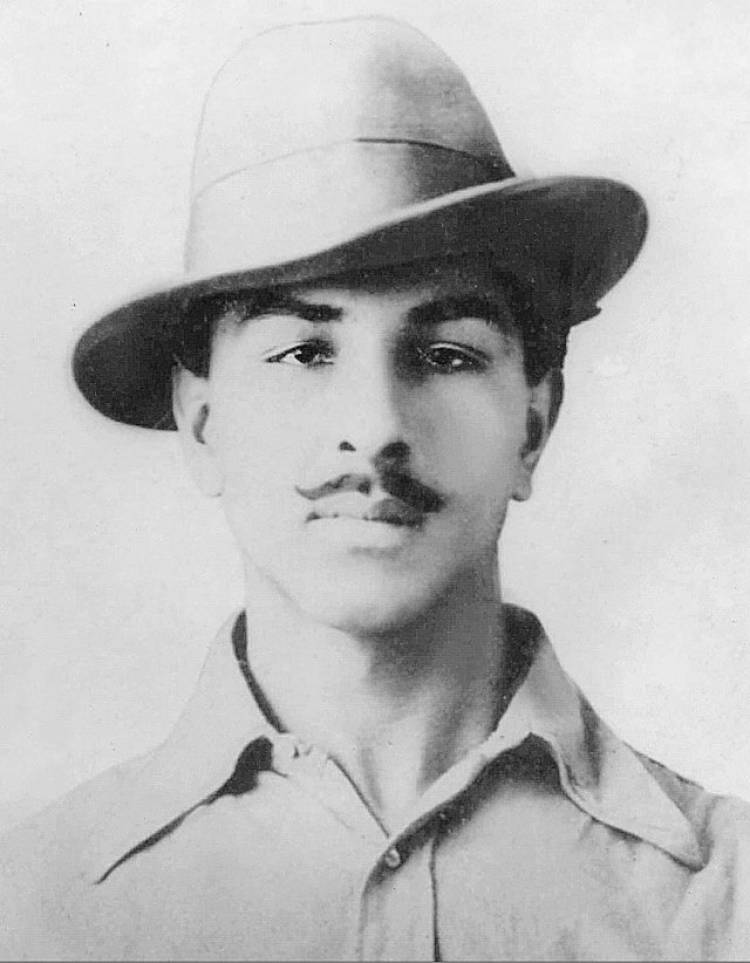The Resurgence of Bhagat Singh's Legacy in Contemporary India

Introduction
Over ninety years since Bhagat Singh, a revolutionary freedom fighter, was executed by the British colonial rulers, his legacy has witnessed a dramatic resurgence. This revival in interest is particularly evident after the recent Parliament intrusion incident, where the intruders declared their allegiance to Singh. His iconic image, complete with a yellow turban or a tilted black hat and moustache, now graces everyday items like mugs, phone covers, and wall posters. This article explores the reasons behind this growing fascination with Bhagat Singh.
Historical Context
Bhagat Singh, executed at 23 in Lahore Central Jail in 1931, has been a symbol of resistance and freedom. He is most remembered for his audacious act of throwing smoke bombs inside the Central Assembly to protest against oppressive laws like the Public Safety Bill. His actions were symbolic, aimed at drawing attention rather than causing harm.
Recent Events and the Bhagat Singh Connection
The recent Parliament intrusion by a group claiming allegiance to Bhagat Singh's ideology has sparked renewed interest in his life and philosophy. This incident has prompted discussions about the nature of protest, dissent, and the thin line separating freedom fighters from terrorists in the modern context.
Bhagat Singh's Ideology in Today's India
Singh's ideology resonates with many today, especially amidst concerns about laws like the Unlawful Activities (Prevention) Act (UAPA), which, similar to the Public Safety Bill of Singh's time, allows detaining individuals without trial. Critics argue these laws undermine democratic principles, echoing Singh's own resistance to authoritarian legislation.
The Cult Status of Bhagat Singh
Singh's popularity extends beyond mere iconography. His philosophy of selfless sacrifice and commitment to the nation's freedom strike a chord with many Indians today. This resurgence is reflected in the proliferation of his images and slogans, as well as in the increasing number of people, especially the youth, who draw inspiration from his life and actions.
Reflecting on Present-day Challenges
The recent Parliament breach and the actions of those involved, particularly Sagar Sharma, have been likened to Bhagat Singh's methods of peaceful, symbolic protest. Sharma's background and motivations, deeply influenced by Singh, highlight a critical examination of contemporary issues like unemployment, economic disparities, and political dissent.
Conclusion
The growing interest in Bhagat Singh can be seen as a reflection of society's ongoing struggle with similar issues of freedom, justice, and the right to dissent that he fought for. His enduring appeal lies in his idealism, courage, and unwavering commitment to the nation, qualities that continue to inspire and resonate with many in India today. Bhagat Singh's legacy, thus, remains relevant as it encourages a dialogue about the nature of protest and the role of government in addressing the concerns of its citizens.

 admin
admin 
























Comments (0)
Facebook Comments